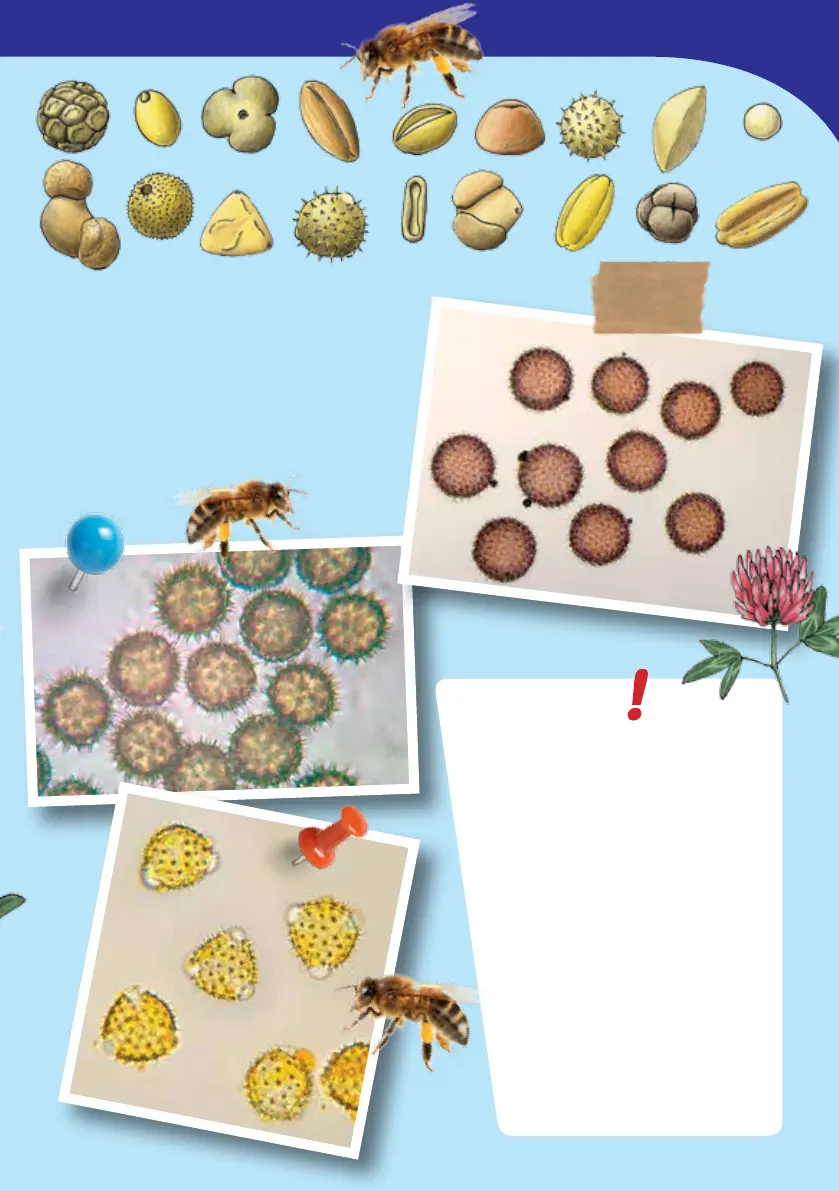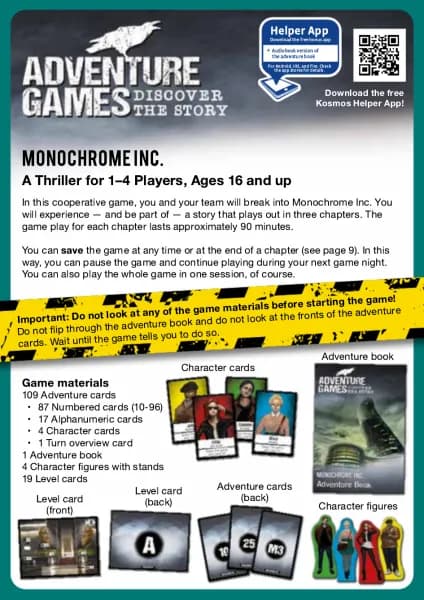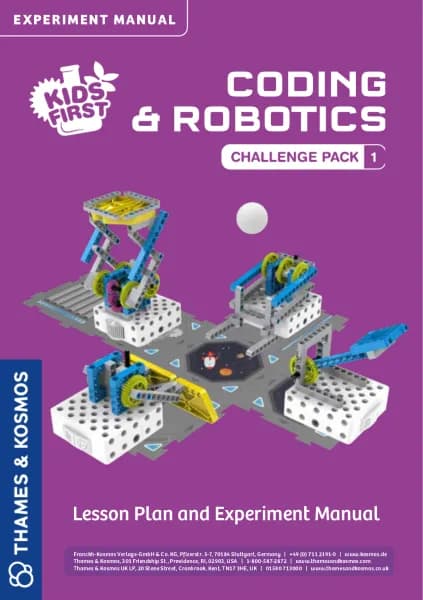Thames & Kosmos Kids First: Biology Lab handleiding
Handleiding
Je bekijkt pagina 33 van 36

Gateway to the Microcosm
31
Different kinds of pollen can have really
different shapes: 1 acacia, 2 cuckooflower,
2 maple tree, 4 oak tree, 5 dead nettle, 6 beech
tree, 7 chrysanthemum, 8 fir tree, 9 grass,
10 spruce, 11 dandelion, 12 hazel, 13 sunflower,
14 cow parsley, 15 pine tree, 16 buttercup,
17 heather, 18 apple tree.
1 2 3 4 5
6
7 8 9
10 11
12
13
14
15 16
17
18
EXPLANATION
One type of honey is often mixed
together with other types, resulting in a
mixture of different kinds of pollen from
the various field, forest, and meadow
plants that the bees feed on. Pure types
of honey are more expensive to
produce and therefore cost more. In
your honey sample, you will see
various pollen shapes and structures,
and you might even be able to check
whether the honey really does come
from the source stated on the label.
A lot of pollen grains have a
characteristic appearance, making
them easy to identify under the
microscope.
Marigold pollen
Royal mallow pollen
Sunflower
pollen
Bekijk gratis de handleiding van Thames & Kosmos Kids First: Biology Lab, stel vragen en lees de antwoorden op veelvoorkomende problemen, of gebruik onze assistent om sneller informatie in de handleiding te vinden of uitleg te krijgen over specifieke functies.
Productinformatie
| Merk | Thames & Kosmos |
| Model | Kids First: Biology Lab |
| Categorie | Niet gecategoriseerd |
| Taal | Nederlands |
| Grootte | 25924 MB |







